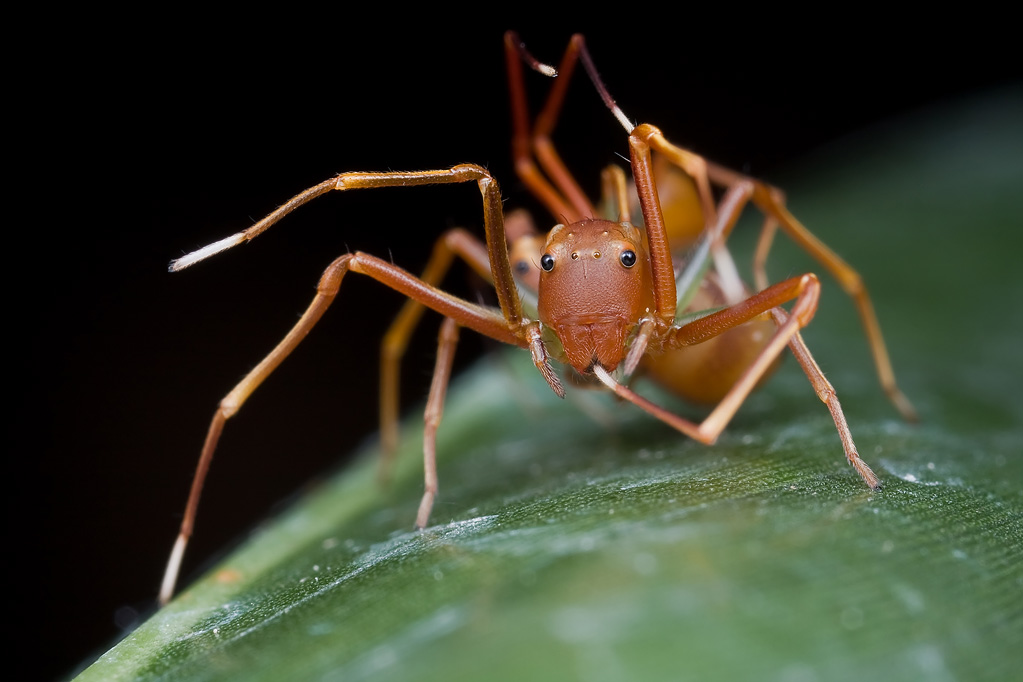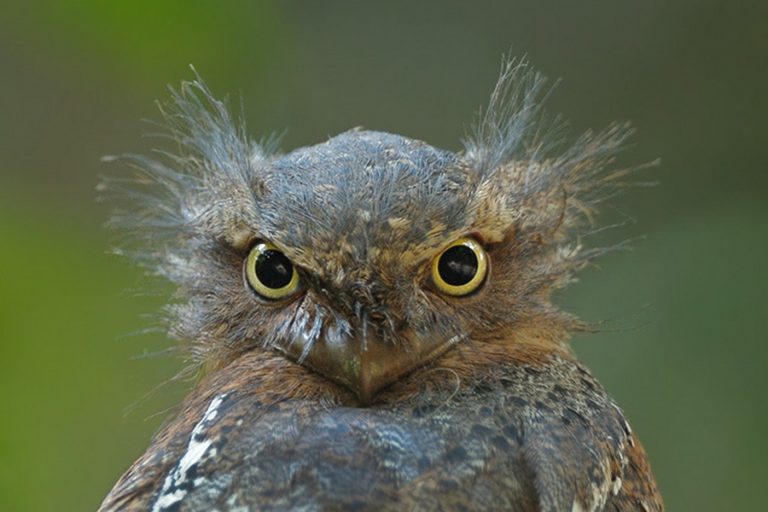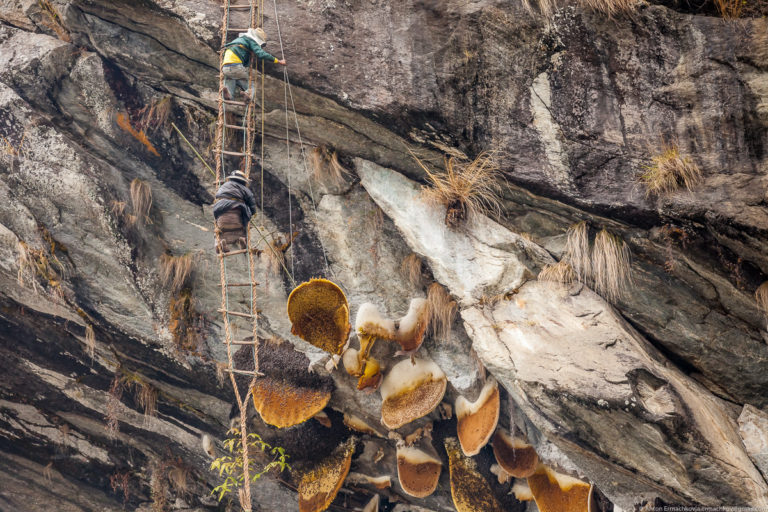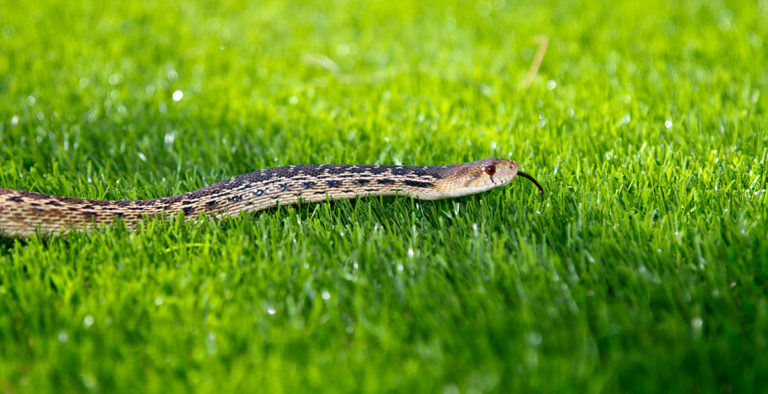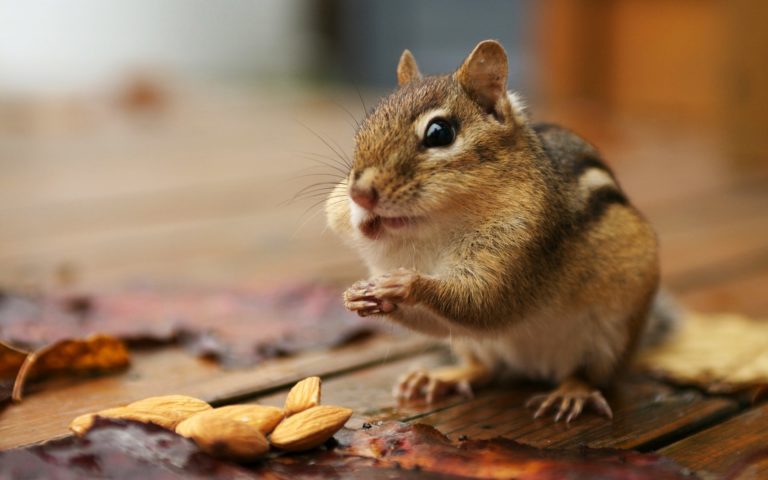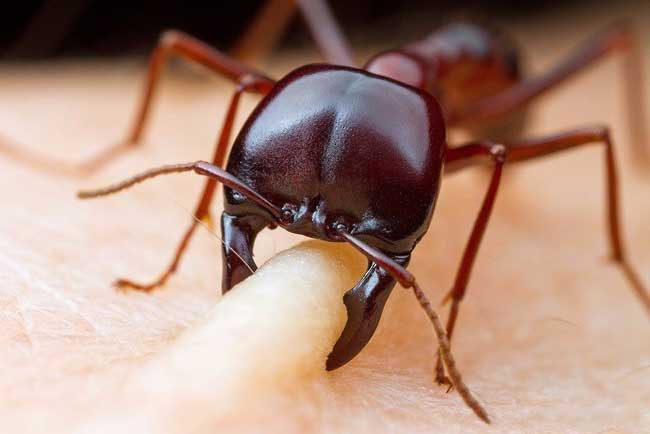Nature’s Masters of Disguise: Incredible Animal Mimicry
In the wild, survival often depends on more than speed or strength. Many animals use mimicry—an extraordinary form of camouflage—to protect themselves from predators. But what exactly is mimicry? It occurs when two or more unrelated species evolve to look similar, giving the vulnerable animal a chance to avoid danger. Mimicry can be defensive, helping an animal avoid being eaten, or non-defensive, assisting with hunting or reproduction.
Here are some of the most fascinating examples of animal mimicry in the natural world.

Praying Mantis Mimicking Ants
Ants are not creatures most predators want to mess with. They live in large colonies, can be aggressive, and some species possess acidic secretions or venomous stings. Certain young praying mantises mimic ants, adopting their black coloration and movements to avoid being eaten. As they grow, their appearance changes to resemble the typical mantis shape, but their early ant disguise gives them a critical survival advantage.

Ladybug Lookalikes
Ladybugs may look cute, but they’re armed with chemical defenses that make them distasteful to predators. Some species even release a foul odor when threatened. Many insects, including beetles and spiders, mimic ladybugs’ bright colors and patterns to trick predators into thinking they’re just as toxic. This form of mimicry can literally save their lives.
Ant-Mimicking Spiders
Over 300 species of spiders have evolved to resemble ants, not only in appearance but also in behavior. These spiders wave their front legs like antennae and mimic the movements of ants to blend in. This clever disguise allows them to avoid predators while giving them more time to hunt and reproduce.

Tropical Caterpillars Posing as Snakes
Some tropical caterpillars have evolved to look like venomous snakes, complete with eye-like markings and inflated body segments. When threatened, they flare the front part of their bodies, revealing vivid colors that mimic a snake’s head. This startling display can scare off predators—or even humans—for long enough to ensure the caterpillar’s survival.
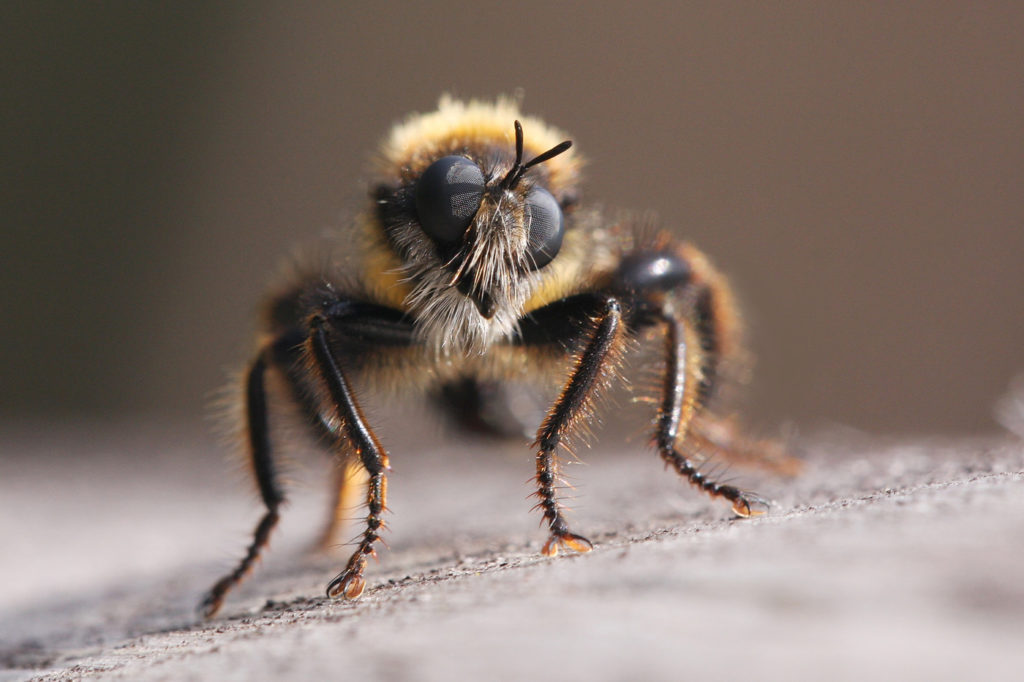
Robber Flies Mimicking Bumblebees
Certain robber flies imitate bumblebees to both avoid predators and sneak up on prey. By resembling a stinging insect, they deter potential threats while hunting unsuspecting bees and wasps. These flies strike with a sharp, piercing proboscis, injecting venom and digestive enzymes that paralyze and liquefy their prey before consuming them—a gruesome, yet highly effective survival strategy.
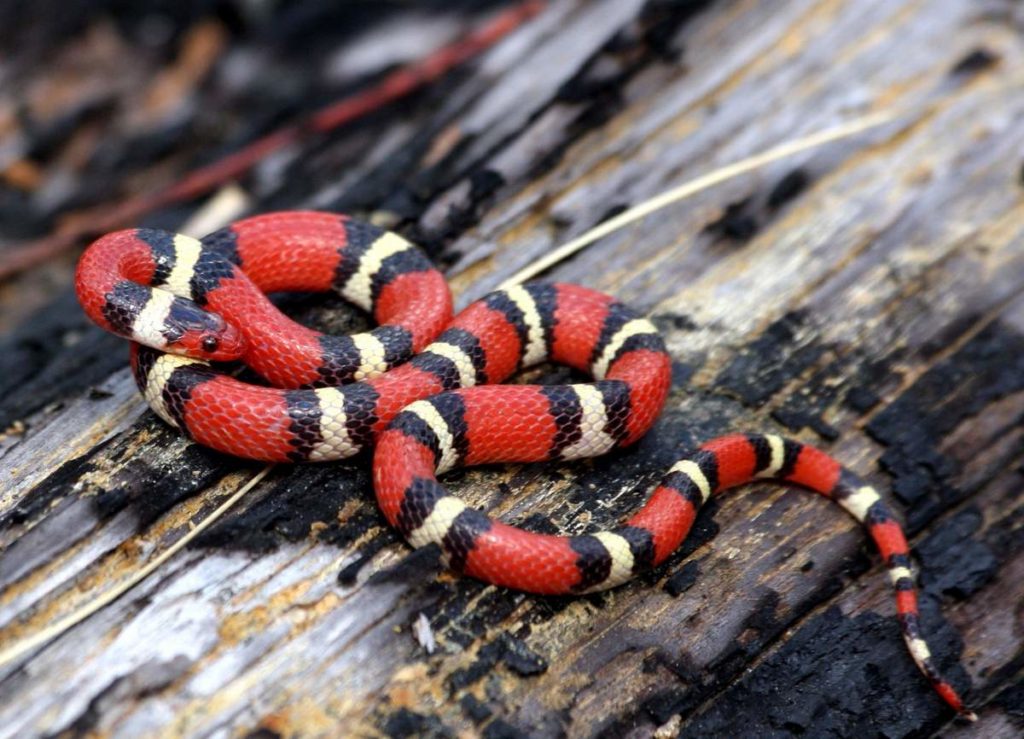
Scarlet Kingsnakes: Imitating Deadly Coral Snakes
We’re taught to avoid brightly colored snakes, assuming they’re venomous. Scarlet kingsnakes take advantage of this perception by mimicking the dangerous coral snake’s red, black, and yellow bands. While coral snakes have been extinct in many areas for decades, the harmless kingsnakes continue to trick predators into thinking a lethal threat lurks nearby, keeping themselves safe from hungry bears, hawks, and other predators.
Why Mimicry Matters
Mimicry is more than just a clever trick—it’s a critical survival tool. From tiny insects to snakes, these adaptations show the incredible creativity of evolution. By imitating others, animals can avoid danger, hunt more effectively, and even reproduce successfully. Next time you spot an unusual insect or a vividly colored caterpillar, take a closer look—you might be seeing a master of disguise in action.


